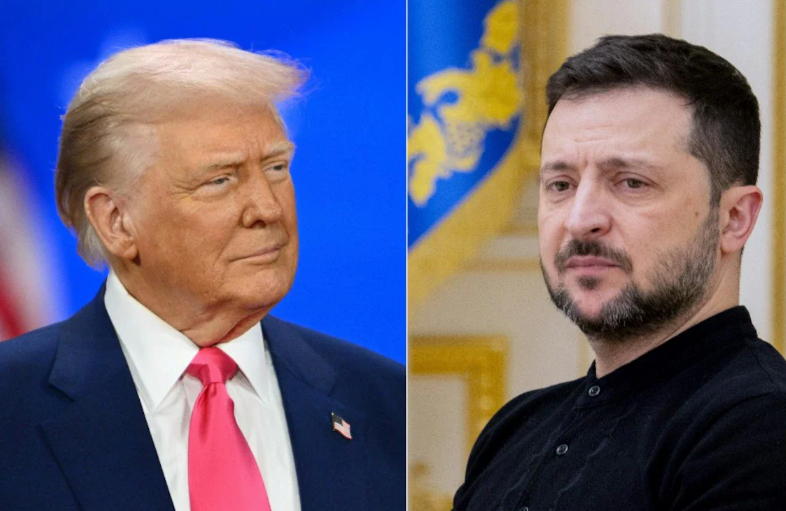
Ukraine has announced a “preliminary” agreement to allocate revenue from some of its critical mineral resources to the United States. The deal, which follows intense negotiations, is expected to be signed by Ukrainian President Volodymyr Zelenskyy at the White House on Friday.
The Background of the Deal
Initially, the U.S. proposed an agreement that would have required Ukraine to provide the U.S. with rights to $500 billion in potential revenue from mineral extraction, oil, and gas. This proposal was met with strong opposition from Zelenskyy, who argued it would burden Ukraine with debt for generations. After Ukraine’s rejection, a revised version was negotiated that was more favorable to Kyiv, eliminating the $500 billion repayment clause.
While the new deal is seen as a step toward securing financial support for Ukraine’s ongoing war effort against Russia, it does not include long-term U.S. security guarantees—something Kyiv had hoped for to safeguard against future Russian aggression. Ukrainian Prime Minister Denys Shmyhal has described the deal as “preliminary,” and Zelenskyy’s visit to Washington remains uncertain.
What Are Critical Minerals?
Critical minerals are essential raw materials used in high-tech industries, including renewable energy, artificial intelligence, and defense. The global transition to green energy has escalated demand for minerals such as cobalt, lithium, nickel, and copper, which are crucial for electric vehicle batteries, wind turbines, and solar panels. These materials also play a role in military technology, such as fighter jets and missile guidance systems.
According to the International Energy Agency (IEA), the market for energy transition minerals was valued at $320 billion in 2022, doubling in just five years. Demand is expected to continue rising, with projections suggesting a twofold increase by 2030 and a threefold increase by 2040.
Ukraine’s Mineral Wealth
Ukraine is rich in critical minerals, with deposits of 22 out of the 34 minerals deemed essential by the European Union. These include rare earth elements (REEs) like lanthanum, cerium, neodymium, erbium, and yttrium. Before the Russian invasion, Ukraine was a key producer of titanium, contributing about 7% of global supply in 2019. The country also holds significant lithium and graphite reserves, crucial for nuclear power and battery production.
However, Russia’s occupation of parts of Ukraine has significantly reduced access to these resources. According to Ukrainian think tanks, as much as 40% of the country’s metal reserves are now under Russian control, including two major lithium deposits in Donetsk and Zaporizhzhia.
Why Does Trump Want This Deal?
Former U.S. President Donald Trump has been vocal about securing critical minerals for the United States, and Ukraine’s resources offer a strategic opportunity. The primary driver behind his urgency is competition with China, which dominates the global supply chain for mineral processing.
China currently controls about 90% of rare earth element refining and significant shares of lithium, cobalt, and nickel processing. With Trump pursuing aggressive trade policies against China, securing an alternative mineral supply chain has become a priority for the U.S.
“We’ve pretty much negotiated our deal on rare earths and various other things,” Trump said when asked about the agreement. “We’ll be looking at general security for Ukraine later on.”
Geopolitical Implications
As the global demand for critical minerals intensifies, Ukraine’s mineral wealth has become a geopolitical asset. While the U.S. aims to reduce reliance on China, Russia’s ongoing war complicates access to these resources. If the agreement goes through, it could reshape Ukraine’s economic landscape and provide financial support for its war effort while simultaneously benefiting the U.S. in its competition with China.
The finalized terms of the deal will be closely watched, as they could set a precedent for future economic agreements between war-affected nations and their allies.